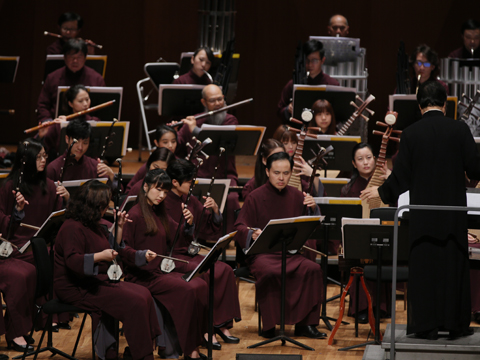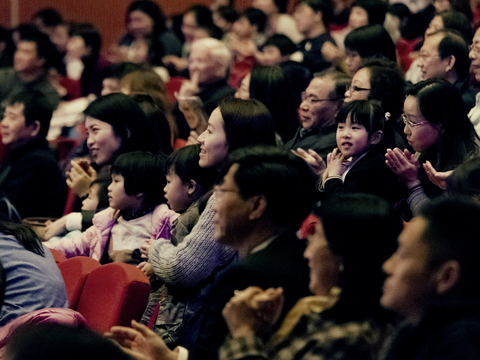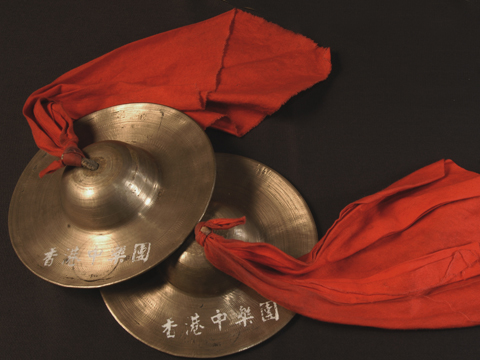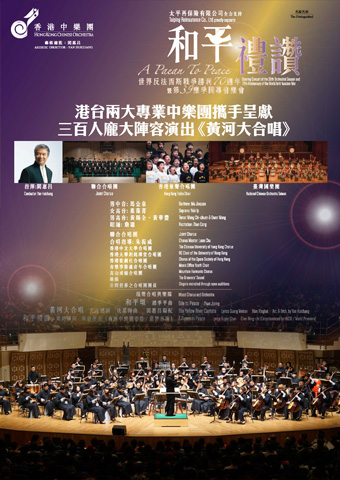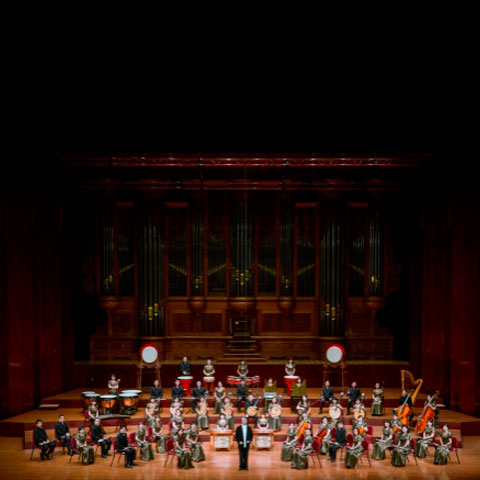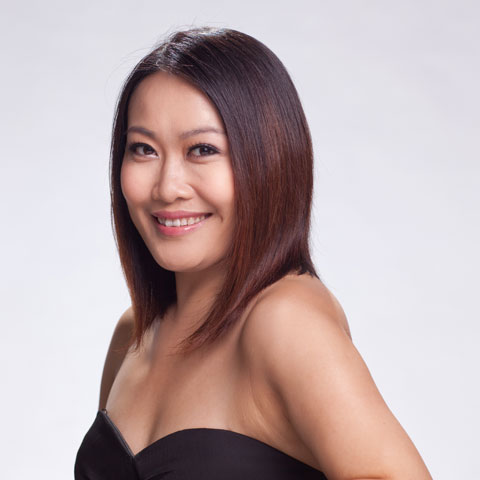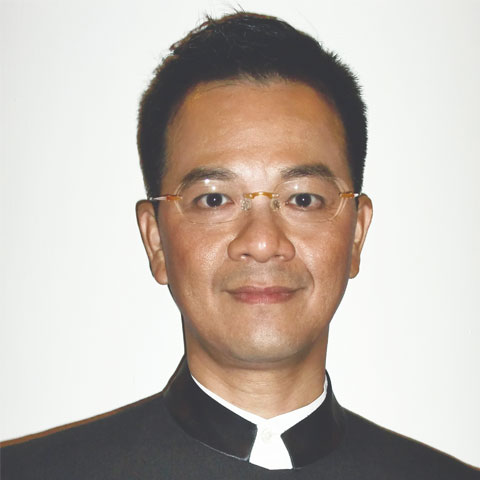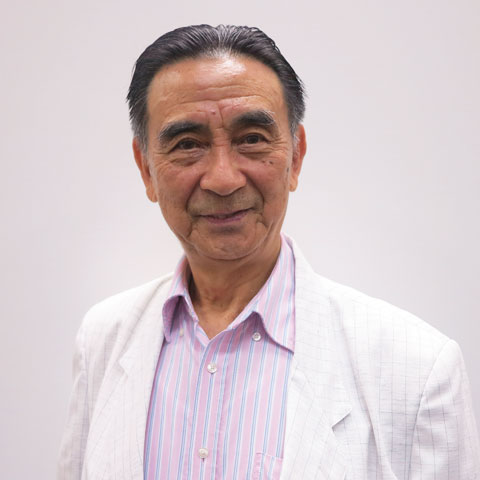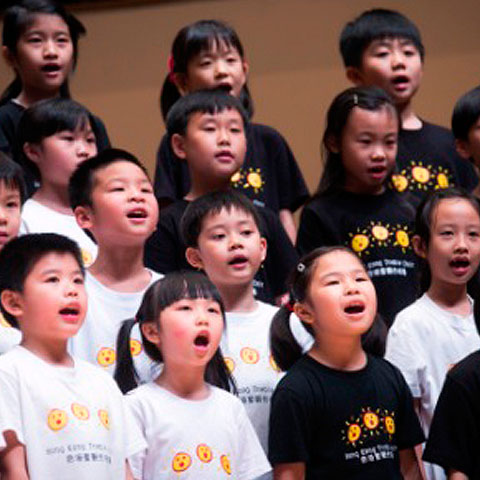The Magnificence of Voices and Orchestra
Chow Fan-fu
The three pieces on the programme of the Opening Concert of the Hong Kong Chinese Orchestra's 2015-16 season are all choral works sung against a full-scale orchestra. But the similarity goes further - The Yellow River Cantata by Xian Xinghai and Guang Weiran was written during the Sino-Japanese War when patriotic feelings ran high; Ode to Peace by Zhao Jiping was written in 2004 to mark the 60th Anniversary of the World Anti-fascism War and in memory of the Chinese compatriots who fell victim to the Nanking Massacre 68 years ago; and A Paean to Peace, co-written by Rupert Chan and Chen Ning-chi, is a new work commissioned by the HKCO to mark the 70th Anniversary of the World Anti-fascism War and for this Opening Concert. The three, therefore, are closely linked to a chapter in the history of modern China, when the whole nation was struggling in a war of resistance.
Looking to the West, we can see that during the Baroque period, many full-scale works in church music such as masses, passions, and cantatas were all in the form of voices and orchestra. Beethoven’s Symphony No. 9 in D Minor, Op. 125 (also known as the 'The Choral'), was a milestone in music history, as it marks a successful blending of solo and choral voices with symphonic music. Its content departed from the high-flung notions of faith and religion and went for the lofty ideals of universal good. After Beethoven, there were more compositions merging chorus and orchestra, and many were remarkable successes, with Mahler’s 8th Symphony (also known as 'Symphony of a Thousand') and the Song of the Earth being the epitome of the genre. Carmina Burana by Carl Orff in the 20th century was another successful exponent.
It is a fact that the merging of voices and orchestra serves to expand both the expressiveness and content of the music, thus broadening and deepening a lofty theme; at the same time the power of the music is heightened and the impact more profound.
In order to achieve this effect, it depends very much on whether the composer and lyricist can appropriately and effectively merge the two elements during the creative process. Equally important is whether the full-scale work has in place an appropriate structure to escalate the awe-inspiring mood to one climax after another. The Yellow River Cantata is an example of such an achievement. With more than 70 years of history behind it, from its earlier style of combatant heroism, it has slowly morphed into a piece that pursues bel canto exquisiteness. The national spirit of the music still moves the audience intensely because of the seamless fusion of chorus and orchestra. Yet its architecture is able to take the audience's emotions in wave after wave of surging dynamic, finally reaching a climax that is both powerful and moving.
One can see how Zhao Jiping executes this in his Ode to Peace. When it was premiered in Nanjing on 1st May 2004, I happened to be in the audience, and I could feel the heightening mood brought about by the carefully engineered fusion of chorus and orchestra. While The Yellow River Cantata is a clarion call to save the Chinese nation, Ode to Peace and tonight's premiere, A Paean to Peace, are a message for all mankind, a theme which is loftier and more powerful and profound. Whether this new work can produce a similar impact through its structure is for the audience to judge. When we applaud the performers of a full-scale choral-orchestral work for their success in lifting the audience's mood to a higher, sublime state, let us not forget that the applause should also go to the composer and the lyricist for such a fine work.

